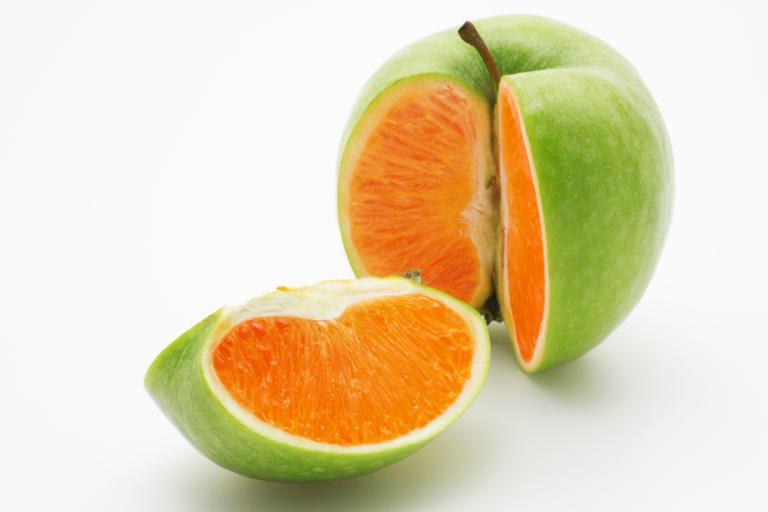Send your question to Umbra!
Q. Dear Umbra,
I have a huge sweet tooth. Yesterday, I told a co-worker I try to buy treats like gummy bears over chocolate, for ethical reasons. Is that completely ridiculous?
Elena V.
Seattle, Wash.
A. Dearest Elena,
See, I asked for a break from serious issues, and gummy bears rained down upon me. Truly a confectionary miracle. Thank you.
Your question might seem trivial to the untrained eye, but I believe it’s worth exploring. More than 75 percent of Americans eat candy [PDF]. More than half of us at least 10 times a month. We buy 600 million pounds of sweets for Halloween, which is fast approaching. So we should know what we are popping into our mouths. (Better yet, we should cut down on the stuff. Why yes, I am your mother.)
We’ve covered the problems with chocolate before. To review: child labor, rainforest destruction, pesticides. And so the Sweet Tooth with a Conscience faces a dilemma. You could, of course, buy fair-trade, organic. But is choosing other candies instead of chocolate also an ethical solution for the STWAC?
Yes and mostly no. Production of your gummy bears presumably does not involve child labor, which is the biggest ethical concern with the chocolate industry. But your pungent ursine treats bring their own baggage. A look at the ingredient list reveals connections to two industries you might want to be wary of if you are purchasing candy based on ethics: Big Ag and Big Oil.
First of all, most mainstream brands of gummy bears and other chewy candies contain gelatin. This is made from the bones, skin, and other “leftover” parts of animals, usually cows and pigs. Vegans already consider gummy bears and other products containing gelatin to be off limits on these grounds. (PETA has a list of gelatin-free candies.) Most candy also contains variations on the “corn syrup” theme, which ties you to a world of agricultural subsidies, monocultural land use, and dietary concerns.
Gummy bears and other candy also tend to contain lots of colorful dyes to make them pretty. Guess what those dyes are made from? Coal tar. Yes, you are satisfying your sweet tooth by eating fossil fuels.
Want one more fun gummy-bear detail? They are coated in beeswax to keep them from sticking to each other. Upsetting the vegans again! But upsetting all of us for another reason: Beeswax is where pesticides tend to settle in beehives. To quote one study: “Colony residue levels of these miticides, after their in-hive application, have been shown to increase from honey to pollen to beeswax. Beeswax is the resource of the hive that is least renewable and is thus where persistent pesticides can provide a ‘toxic-house’ syndrome for the bees.”
Ground-up bones, coal tar, and toxic-house syndrome … suddenly those gummies don’t sound so yummy.
So what’s a STWAC to do? As I mentioned above, you could seek out ethical chocolate. You can find lots more on this topic at Good Guides, which ranks chocolate products by sustainability. Greenopia also has a ranking of several candy companies — although it appears to be somewhat limited in scope, it includes some juicy details on companies you know.
There is also organic candy in the world, including organic gummy bears (somewhere a USDA official is rolling her eyes). Of course, organic and fair-trade versions of our favorite sweets are going to cost more. You, as a STWAC, will either consider this a worthwhile expense that allows you to eat your values or a good reason to cut back on your candy consumption.
If you’re feeling crafty, you might also try your hand at making your own gummy bears, using an ingredient called agar powder in place of gelatin. They tell me it works. I am excited for you to find out! If you send me a few, I’ll gladly taste test them for you.
Sweetly,
Umbra




